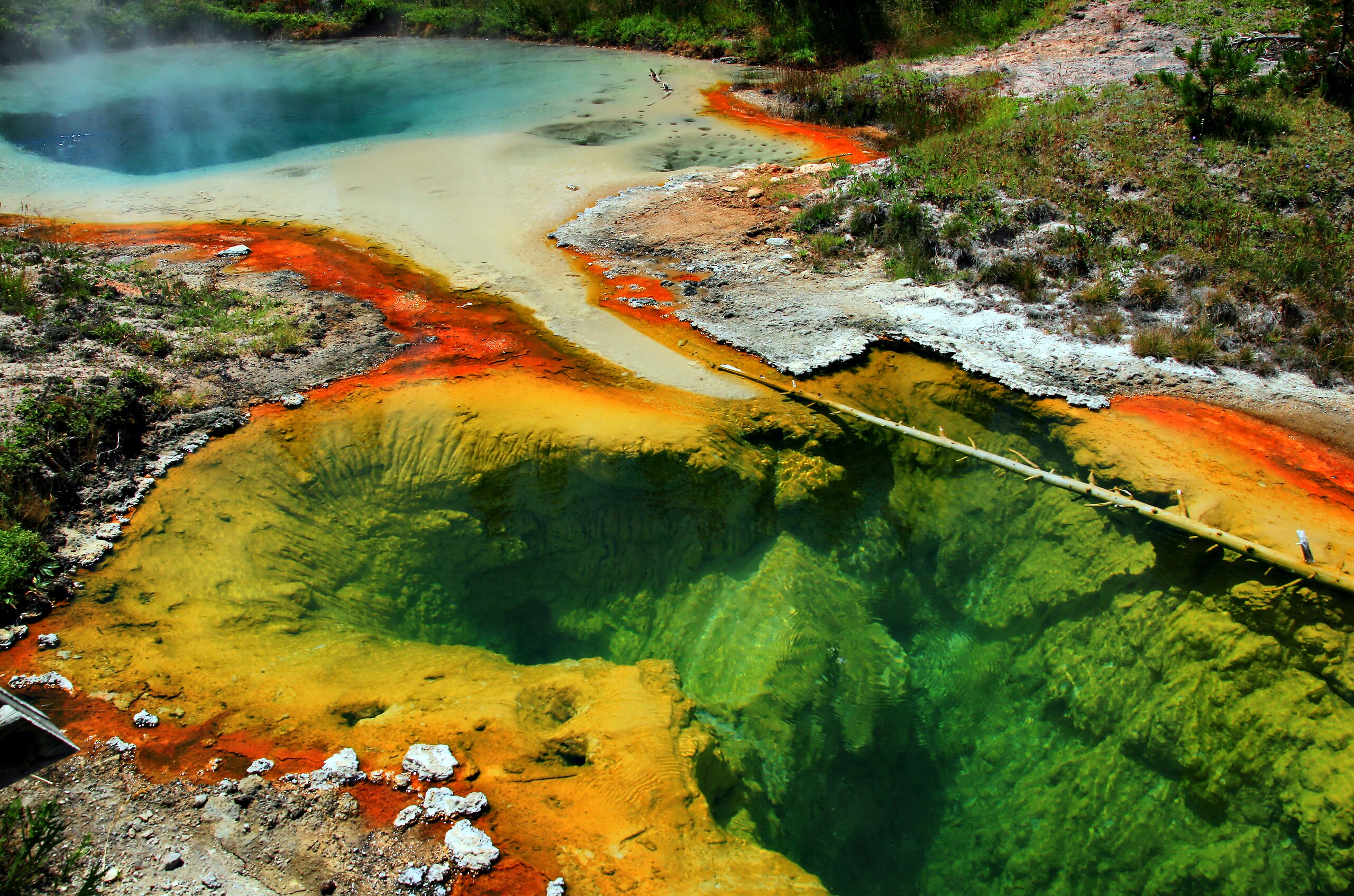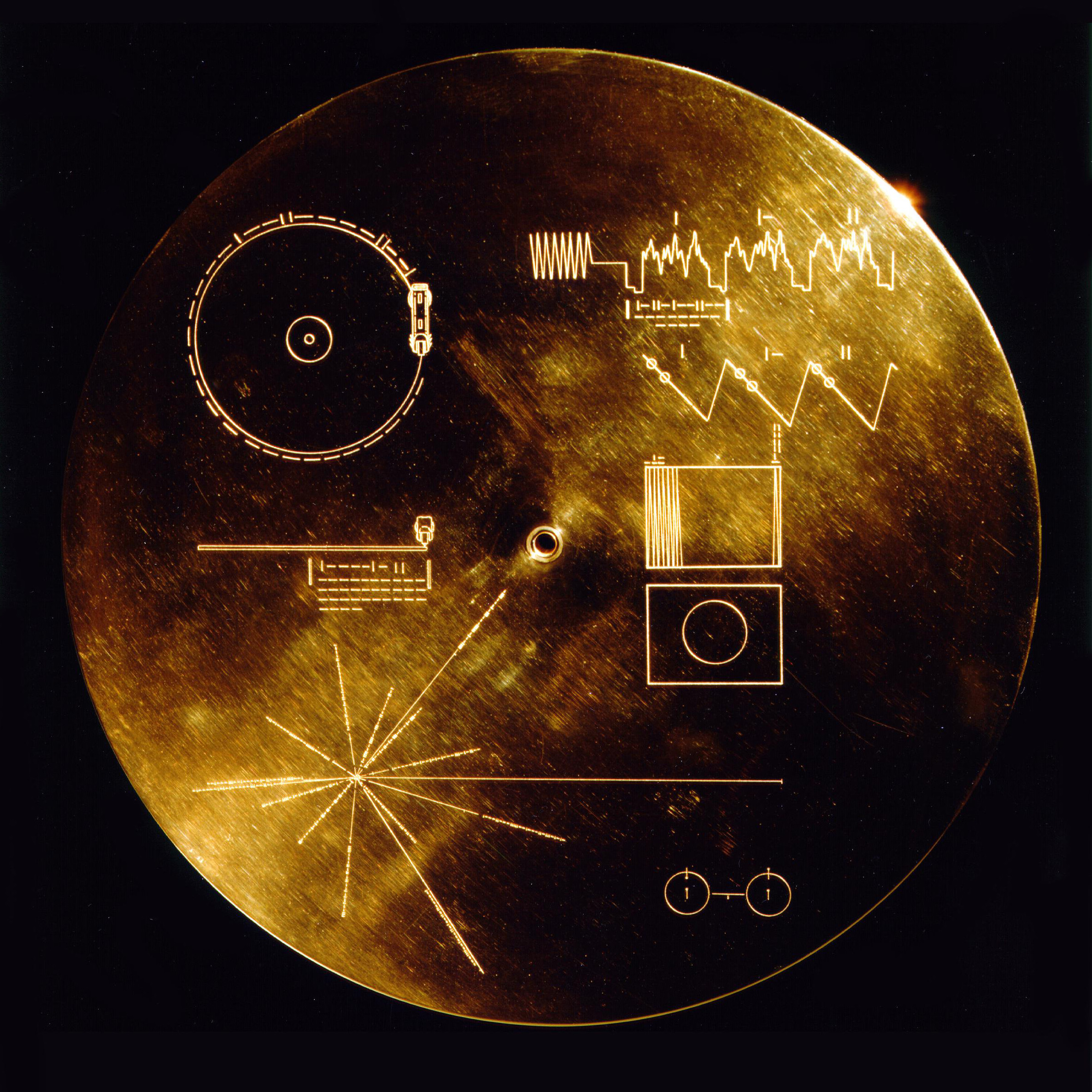There’s no shortage of theories about the existence of extraterrestrial life, but there is a distinct lack of evidence to prove them.
◊
When human beings imagine what alien lifeforms might look like, our depictions tend to appear humanoid – maybe due to wardrobe limitations on movie sets or an innate desire to see something of ourselves in something out of this world. After all, we know of no other examples of intelligent life in the universe, so it’s only natural that life on Earth provides the blueprint from which we base our guesses about alien life. It can be unsettling to think about lifeforms on other planets, but the bleak possibility that we might be totally alone in the cosmos is for many of us even more unnerving.
On the other hand, what if life is not so unusual? The thought has inspired many science fiction novels, fantasy films, and, for some, nightmares about who – or what – might be lurking in the darkness beyond our vision. Since the Space Race between the U.S. and Soviet Union took off in the 1960s, physicists, astronomers, biologists, geologists, and astronauts have been studying the conditions of outer space and testing hypotheses as to whether or not life could exist on other worlds.
Join scientists in the search for life out there in this MagellanTV original documentary.
How Big Is This Vacuum of Space We Might Be Sharing?
Where do scientists even start on the search for life beyond Earth? While sending humans on spacecraft to every corner of the universe would certainly play into our love of epic adventures, we’re a long way from having that kind of Star Trek technology. So let’s utilize a tool that’s right at hand: mathematics.
The numbers get so big when talking about distances in space that scientists invented the Astronomical Unit to describe the distance between Earth and the Sun. Writing out “AU” rather than 92,955,807.3 miles has saved the world a lot of chalk and time.
Currently, except for a handful of folks up on the International Space Station, human beings are confined to a life within our own atmosphere. It’s hard to understand just what lies beyond when all we see at night is a black expanse sparkling with the light of distant stars and galaxies. This is why we lean into numbers.
Numbers are the basis for everyday life whether you are talking about time, the price of groceries, or exactly how many gigabytes of storage space you have left on your phone. When you start trying to conceptualize a number as an abstract concept, the philosophy of mathematics can take you down a rabbit hole – or a metaphorical wormhole.
Understanding the Cosmic Scale
When we’re talking about the distance between objects in our universe, we have the vocabulary to speak about it: Neptune is 3 billion miles away from Earth, the Solar System has a diameter of 18.6 trillion miles, etc. But using terms like billion, trillion, and googolplex doesn’t mean we fully understand the scope of those numbers.
As visual creatures, some human beings learn best with images that position new ideas in relation to ones they already understand. When it comes to space, however, the scale of the Solar System makes it very difficult to depict something as small as the Sun relative to the vastness of the Milky Way galaxy. If we were looking at an image of the universe as a whole, our Sun would be imperceptible to the human eye.
 Dr. Carl Sagan (left) with Dr. David Morris (AMES) at the First International Conference on Circumstellar Habitable Zones. (Credit: J. P. Wiens, via NASA Image Archive)
Dr. Carl Sagan (left) with Dr. David Morris (AMES) at the First International Conference on Circumstellar Habitable Zones. (Credit: J. P. Wiens, via NASA Image Archive)
Astronomer Carl Sagan famously compared the number of stars in the cosmos with the number of grains of sand on Earth’s beaches. The math of this does add up, and it also gives us a concrete sense of scale. Now, remember that our Solar System contains only one star, the Sun. Astronomers estimate that for every one star there is a planet. While they have proof of over 5,500 exoplanets within our galaxy, it’s estimated that there could be about 100 billion we haven’t yet found.
The Drake Equation
There are some logical conclusions the average layperson can draw from thinking about the chances of life existing on some of the 100 billion planets in our galaxy, especially when we consider how improbable it would be that we inhabit the only world capable of supporting life. Just a few years before humankind first successfully landed an astronaut on the Moon, astrophysicist Frank Drake presented an equation at a conference on the “search for extraterrestrial intelligence” (SETI). The Drake Equation estimated how many civilizations might exist within our galaxy that are currently living and capable of communication.
By communication, Drake did not mean that there would be some alien transmitting a public service announcement over a loudspeaker in Morse code. Because sound only exists when air molecules bump into each other and create waves, no sound can be carried in the near-vacuum of space. But electromagnetic waves, including radio waves, aren’t limited in this way, meaning they can be detected from light years away. Radio astronomers search for energy changes in planets, dust clouds, and galaxies that don’t emit any visible light. The Drake Equation relies on advances in this field of study to get an increasingly accurate estimate of the probability of extraterrestrial life.
 Vivid view of Tycho supernova remnant (Credit: MPIA/NASA/Calar Alto Observatory, via NASA Image Archive)
Vivid view of Tycho supernova remnant (Credit: MPIA/NASA/Calar Alto Observatory, via NASA Image Archive)
The Drake Equation calculates the probability of the existence of extraterrestrial life based on a few key criteria. Drake estimated how many habitable, technologically advanced civilizations could exist by multiplying together seven unique figures ranging from the number of planets in a solar system suitable for life to the fraction of civilizations that have been sending signals into space, among others. When multiplying together so many fractional numbers that are estimates based on other estimates, it makes sense that the likelihood of the existence of extraterrestrial life is very small. Until we find proof of life on other planets, receive signals from alien civilizations, or change our criteria for what makes a planet habitable – it’s unlikely the probability will be changing anytime soon.
Criteria for Life on, Well, Any Planet
Life relies on the perfect alignment of many key factors: the presence of certain chemicals, an energy source (whether internally generated or derived from a nearby light source), and billions of years of uninterrupted development. Earth, as we know, has all of these. As the only known case study of what life in our universe looks like, it makes sense that we use the necessary conditions for life on our planet to posit some parameters for the existence of life elsewhere – after all, it seems we’ve had the right formula thus far.
Chemical Checklist
Carbon, hydrogen, nitrogen, oxygen, phosphorus, and sulfur are considered the six prerequisite elements for life. The compounds formed from these elements are the building blocks for life as they enable chemical reactions to take place and allow organisms to retain nutrients vital for development. This allows for organisms to evolve into higher life forms after events called “major transitions.” After enough of these evolutionarily significant events, communication and generational survival become possible. Scientists have isolated the trends of evolution from the specific conditions of Earth to understand that natural selection might be key to universal traits among all higher-level organisms.
Hospitable Ecosystems
Planets need to have a certain temperature range in order to have the aforementioned chemicals in their optimal forms. The presence of liquid water is the best-known criterion for the possibility of life on certain planets. If a planet is too close to a star and thus too warm, water will exist in a gaseous form; if a planet is too cold, water will be trapped as ice. The liquid form of water allows it to function as a solvent, a necessary state for facilitating chemical reactions from other elements.
 Sea ice off western Alaska (Credit: NASA Goddard, via NASA Image Archive)
Sea ice off western Alaska (Credit: NASA Goddard, via NASA Image Archive)
A Long Lifespan
Evolution necessarily takes a long time. The origins of life on Earth link back 3.5 billion years to bacteria growing in volcanic hydrothermal vents. The rich diversity of bacterial, plant, and animal life has come a very long way, but it didn’t even get started until a billion years into our planet’s existence. And who’s to say how far into the future Earth will continue to flourish?
Complicating matters in our search for extraterrestrial life is the fact that whatever we find could be millions of years out of date, because the information has taken that long to reach us. So, for example, planets that astronomers focus on may once have had life that went extinct long ago. How would we know? By the same token, life might have emerged, but it could be millions of years until it becomes detectable to any potential observers on Earth. Will anyone still be here to notice? The coincidence of a fortuitous alignment between observers here and the observed out there somewhere is hard to imagine.
The Right Geological Landscape
One of the less explored criteria for life on a planet has to do with its physical landscape. Researchers have proposed that the Drake Equation should be expanded to include the presence of oceans and continents as well as the existence of plate tectonic systems. On Earth, plate tectonics created the essential conditions for the evolution of life with changing temperatures, the formation of new topography, and distinct environments that supported biodiversity, which in turn enabled survival for billions of years.
 Hot springs in West Thumb Geyser basin (Credit: Brocken Inaglory, via Wikimedia Commons)
Hot springs in West Thumb Geyser basin (Credit: Brocken Inaglory, via Wikimedia Commons)
This suggested addendum to the longstanding equation shrinks the already small possibility of extraterrestrial lifeforms to near-zero. As scientists gain a deeper understanding of what enables life here on our planet, the laundry list of what is needed for life to flourish elsewhere grows longer. The odds of observing life on another planet during the lifespan of life on Earth proportionally shrinks as we learn more about ourselves.
The Lack of Communication Isn’t for a Lack of Trying
It’s worth remembering that human beings are still pretty new at this game. We didn’t detect radio waves from outside our Solar System until the 1930s, and those weren’t produced by aliens. So, even if we round up and say we’ve been recording signals from the distant depths of the universe for a century, that’s barely a fraction of the time that life has existed just on our planet.
If we apply the Drake Equation to ourselves, the window through which signals from extraterrestrial life would have had to come is infinitesimally small. During this time though, we have tried sending a few signals of our own.
Voyagers' Golden Records
In 1977, the Voyager 1 and Voyager 2 spacecraft were launched. They are now the most distant human-made objects in the universe, both having crossed into interstellar space. Onboard, each carries a time capsule with a catalog of images and recordings on a golden record that scientists of the time thought effectively captured an overview of humanity. The records have instructions on how to access the information as well as directions for finding Earth’s location in the universe.
 Voyagers’ Golden Record (Credit: NASA/JPL, via Wikimedia Commons)
Voyagers’ Golden Record (Credit: NASA/JPL, via Wikimedia Commons)
The Arecibo Message
The first attempt to send an abstracted image into space took place in 1974, when scientists used the Arecibo radio telescope to transmit a message. It alternated between two frequencies that they hoped would be interpreted as a binary code, which corresponded to an image of a human being, a double-helix DNA strand, a visual of the Solar System, and a self-portrait of the telescope. Even as a human, I’m not sure I would pick up on the artistic representation within the Arecibo Message, provided that I could decipher the binary code.
A Corporate Callout
Building on the same format as the Arecibo message, tortilla chip producer Doritos used the same binary language to send an advertisement into space in 2008. The corporation utilized the radars at the EISCAT European space station to send the advert. Even though the message had many fewer light years to travel than the Arecibo message, no request for a bag of Doritos has yet been received by anyone back here on Earth.
The Limits of Math and the Imagination
Science tells us the probability of discovering extraterrestrial life is slim – but improbabilities don’t dictate life. In fact, many theories about the origins of our Solar System point to extraordinary cosmic events without which we most certainly would not exist. Wondering whether we will ever have certainty about the existence of aliens is a futile exercise.
The only certain things about life are that it’s messy, it’s in flux, and it’s always changing. When it comes to estimating the odds of finding extraterrestrial life, it may feel like humanity is zeroing in on zero – but you could argue that we’re only waiting on an extraordinary event, just like the one that made our lives possible.
Ω
Daisy Dow is a contributing writer for MagellanTV. Originally from Georgia, she now works in Chicago as a freelance writer focused on history, small businesses, and marketing strategies.
Title Image: The Milky Way (Source: Pixabay)

